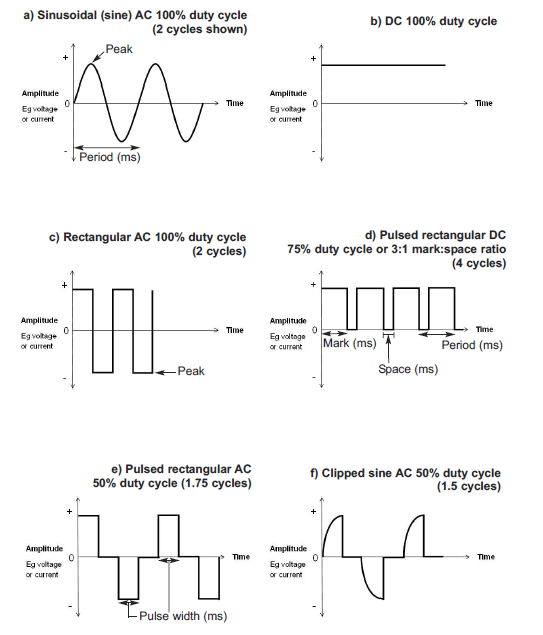

When the voltage across the capacitor has become so negative that the voltage at the inverting pin is less than the voltage at the non-inverting pin, the output of the opamp swings back to the positive saturation. Now a fraction of the negative high output (-Vcc) is fed back to the non-inverting pin by the feedback network R2, R3. The capacitor quickly discharges through R1 and starts charging in the negative direction again through R1. When the voltage across the charging capacitor is increased to a point the voltage at the inverting pin is higher than the non-inverting pin, the output of the opamp swings to negative saturation (-Vcc). A fraction of this high voltage is fed back to the non- inverting pin by the resistor network R2, R3.

When the power supply is switched ON, the C1 starts charging through the resistor R1 and the output of the opamp will be high (+Vcc). Initially, when power is not applied the voltage across the capacitor C1 is 0. Resistor R2 and R3 forms a voltage divider setup which feedbacks a fixed fraction of the output to the non-inverting input of the IC. Resistor R1 and capacitor C1 determines the frequency of the square wave.
#Bipolar square wave with peak amplitude generator
The square wave generator is based on a uA741 opamp (IC1). The square wave generator section and the integrator section of the circuit are explained in detail below. The circuit diagram is shown in the figure below. The circuit uses an opamp based square wave generator for producing the square wave and an opamp based integrator for integrating the square wave. An integrator which converts square waves to triangular waves. Like triangular waves, square waves have equal rise and fall times so they are more convenient to be converted to a triangular waveform. In this project, we are using square waves for input. To generate triangular waves we need an input wave.


 0 kommentar(er)
0 kommentar(er)
